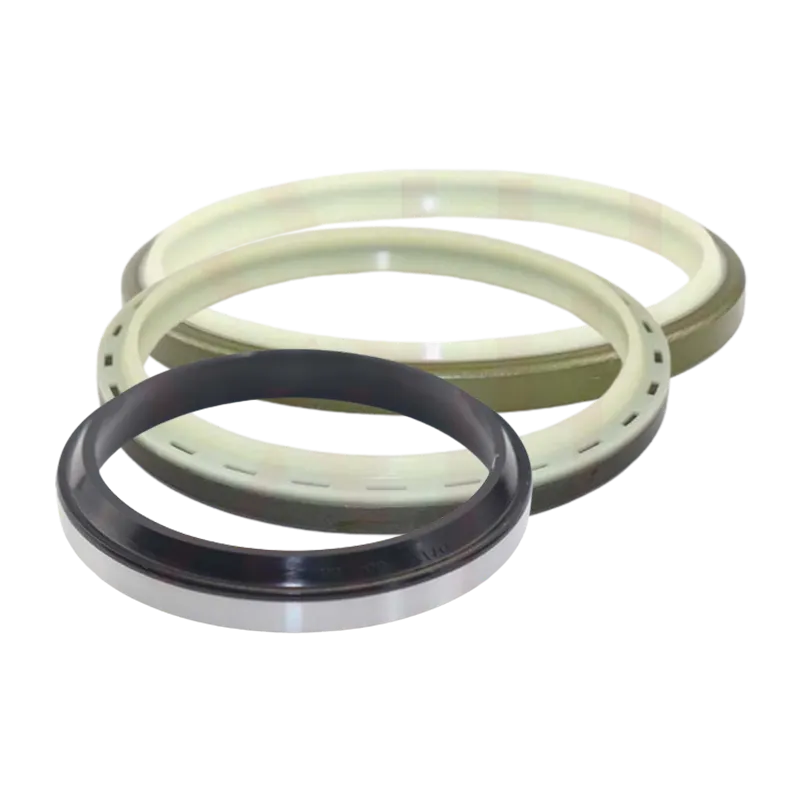Oct . 12, 2024 14:32 Back to list
dust wiper seal
Understanding Dust Wiper Seals A Vital Component for Machinery Efficiency
Dust wiper seals play a critical role in the performance and longevity of various machinery and equipment, particularly in environments prone to dust and debris. These seals are designed primarily to prevent contaminants from entering sensitive areas of machinery, such as hydraulic cylinders, bearings, and gearboxes. By effectively keeping out dust, dirt, and moisture, dust wiper seals contribute significantly to the operational efficiency and lifespan of equipment.
What are Dust Wiper Seals?
Dust wiper seals, often made from durable elastomers or thermoplastics, are typically installed on the outermost part of a sealing system. They are often the first line of defense against environmental contaminants. These seals function by creating a barrier that deflects dust and debris while still allowing for the necessary movement of internal components. The design of dust wiper seals can vary, but they commonly feature a lip that makes contact with the surface, forming a tight seal that minimizes the risk of particles entering the machinery.
Importance of Dust Wiper Seals
The importance of dust wiper seals cannot be overstated. Contamination is one of the leading causes of machinery failure, leading to costly repairs and downtime. By effectively blocking dust and other particulates, these seals help maintain the integrity of lubricants and internal components. This not only enhances the reliability of machines but also improves overall performance. For industries such as construction, agriculture, and manufacturing, where machinery is frequently exposed to challenging conditions, the presence of robust dust wiper seals is essential for ensuring uninterrupted operations.
dust wiper seal

Choosing the Right Dust Wiper Seal
When selecting dust wiper seals, several factors must be considered, including the specific application, environmental conditions, and material compatibility. The temperature range, exposure to fluids, and type of contaminants in the environment will influence the choice of seal material. Additionally, the physical dimensions and design tolerances must match the machinery’s specifications for optimal performance.
Maintenance and Replacement
Regular inspection and maintenance of dust wiper seals are crucial in prolonging their lifespan. Signs of wear, such as cracks or hardening, can indicate that a seal needs to be replaced. Timely replacement of these seals not only safeguards machinery from contamination but also helps in maintaining efficiency and reducing operational costs.
In conclusion, dust wiper seals are essential components that protect machinery from harmful contaminants, ensuring longevity and reliability. Understanding their significance and maintaining them properly can lead to substantial benefits in machinery performance and overall operational success.
-
TCN Oil Seal Metal Ring Reinforcement for Heavy Machinery
NewsJul.25,2025
-
Rotary Lip Seal Spring-Loaded Design for High-Speed Applications
NewsJul.25,2025
-
Hydraulic Cylinder Seals Polyurethane Material for High-Impact Jobs
NewsJul.25,2025
-
High Pressure Oil Seal Polyurethane Coating Wear Resistance
NewsJul.25,2025
-
Dust Proof Seal Double Lip Design for Construction Equipment
NewsJul.25,2025
-
Hub Seal Polyurethane Wear Resistance in Agricultural Vehicles
NewsJul.25,2025
-
The Trans-formative Journey of Wheel Hub Oil Seals
NewsJun.06,2025
Products categories
















